1. Calving supplies
Preparation and organisation is a key to a successful calving season. Looking for ropes when the first feet of 2018 appear probably isn’t the best possible start.
Make sure there are ample supplies of gloves, lube gel and iodine.
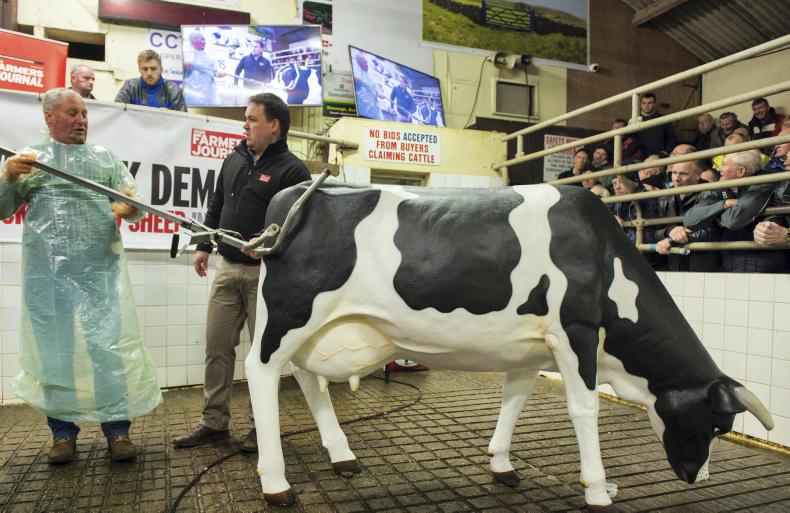
Are all lights working in the calving pens and is there suitable gates to restrain a cow in the event of a C-section? Have calving pens been cleaned out and disinfected and is there enough straw for the calving season?
2. BDGP/Herd Plus analysis
ICBF has a huge amount of information stored on suckler herds around the country. By joining HerdPlus, you get access to calving reports, slaughter reports, BDGP reports, etc.
If you’re not up to speed with navigating online, ask someone home for Christmas to take you through it and print them off.
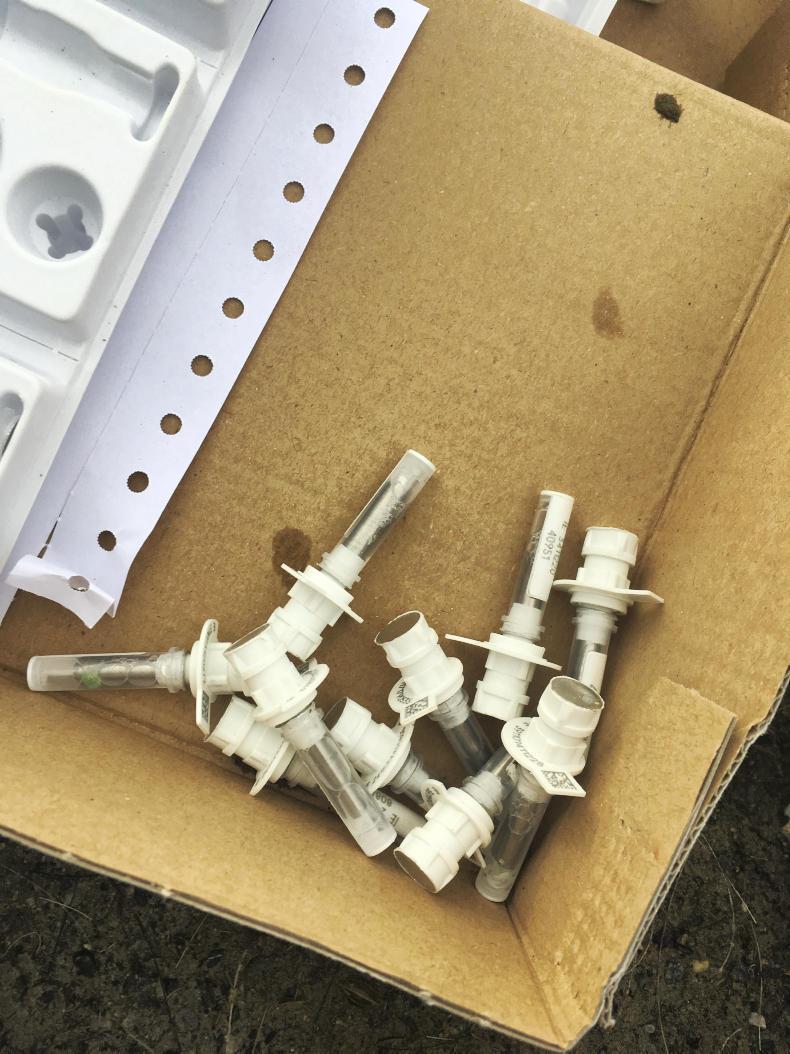
If you’re into breeding and genetics, hours can be spent analysing reports and comparing cows actual performance to the predicted performance.
It always throws up some surprises and could be used to your advantage during next year’s breeding season
3. Dose for fluke
With cattle housed over eight weeks on many farms, the Christmas holiday period is sometimes a good time to look at fluke dosing on farms.
Once animals have been housed eight to 10 weeks or more, products that only kill mature fluke can be used.
Vets have been advising that due to wet conditions this autumn, fluke has become an issue on some farms so its important to address any issues as soon as possible
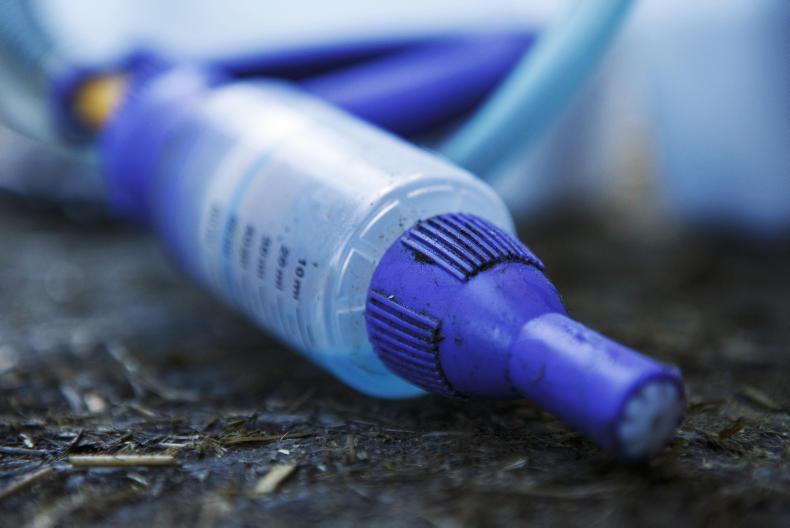
4. Clip cattle, treat for lice
With animals housed a few weeks, lice issues can start to accelerate at this time.
With mild weather over the past few weeks, sheds have provided ideal conditions for lice to take hold.
Clipping animals can help reduce heat stress in sheds and can also help to keep cattle cleaner when tails are clipped.
Pour-ons are quite easy to use, be careful to use gloves and measure correct amounts when applying.
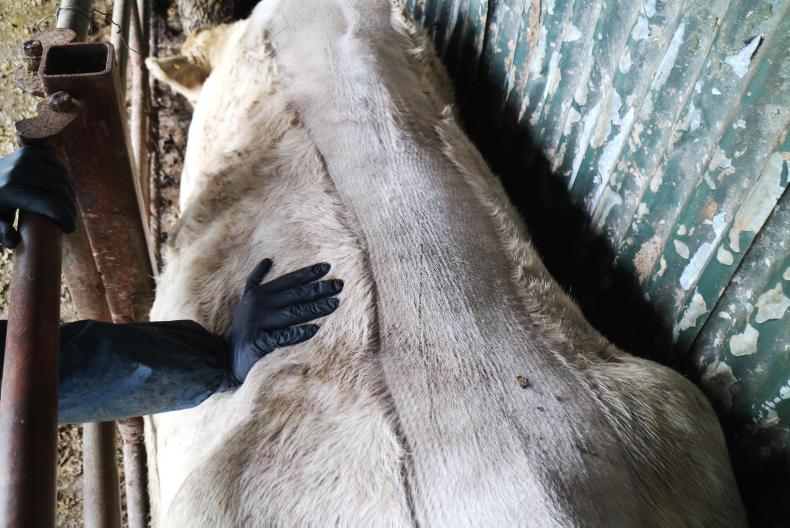
5. Profit Monitor preparation
The end of the year marks the end of the financial year as well and with all invoices and sales dockets received, your profit monitor input sheet can be completed.
This is a vital tool in assessing how your farm is performing and what your strengths and weaknesses are.
Draw up a simple cashflow budget for 2017 and see where the deficits or surpluses occur. Do banking arrangements have to change, eg overdraft facility?
6. Weigh your weanlings
If a weighing scales is available on the farm, midwinter is a good time to assess performance of weanlings on the farm.
Weanlings should be gaining between 0.6/day and 0.8kg/day and poor weight gains could point to health issues in animals or insufficient supplementation.
Is silage quality up to scratch?
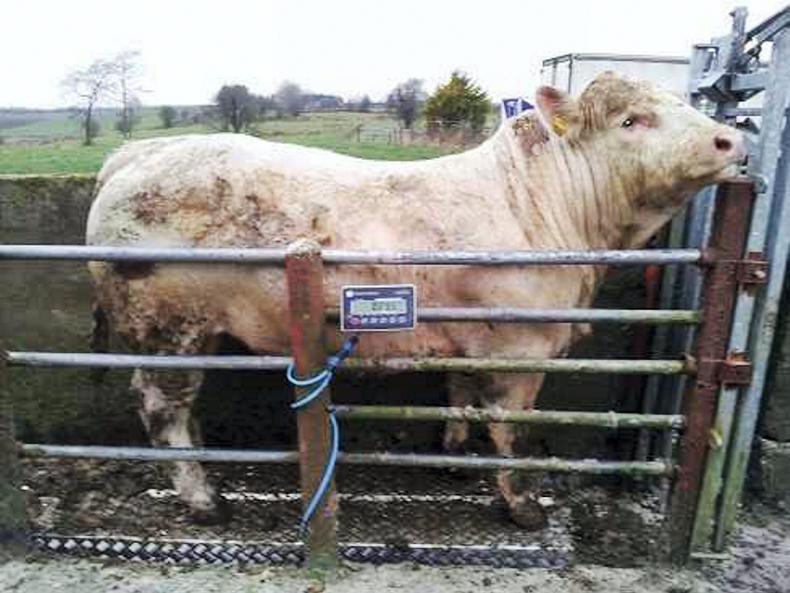
Poor thrive could also be due to underlying pneumonia issues due to poor ventilation.
Take a look at lying space, feeding barriers and drinkers in the shed to make sure there is nothing limiting intakes. Make adjustments and if animals are behind target, try and target these for early turnout if possible.
7. Review your health and safety plan
Take a look around the yard to see if there are any health and safety issues.
Be mindful of young visitors in the yard at Christmas time who are unfamiliar with the dangers of the farm. Make a list of items that need attention and use the free time over Christmas to attend to the little jobs that never get done.
Can water be diverted from a yard area to prevent yard freezing over and causing a slip or fall? Is all health and safety signage in place around the farm?
8. Complete a fodder budget
With silage stocks quickly disappearing around the country, Christmas is a good point to take action. Measure your pit or count your bales that are left to see what fodder is left.
Taking action now in midwinter by feeding straw or concentrates could help alleviate the problem on a gradual basis rather than facing a severe shortage in February or March.
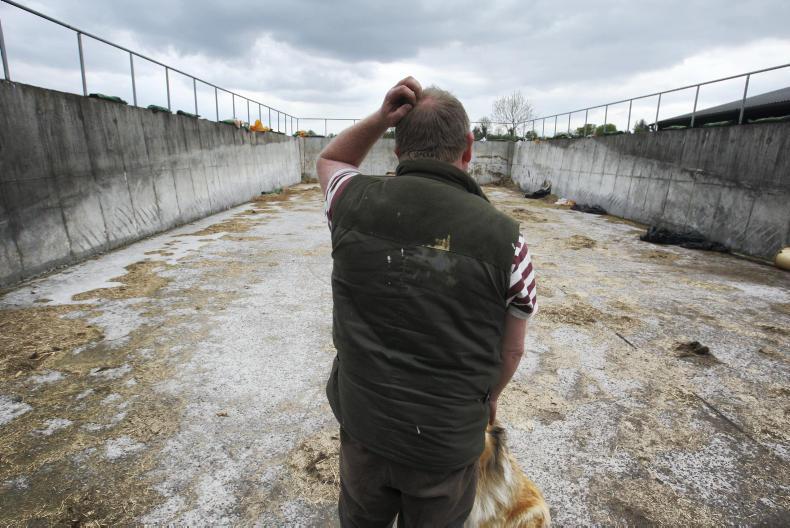
Rations are pretty good value compared with purchasing poor-quality silage or straw. Can finishing animals be put on to ad-lib meals to reduce silage usage?
Plan for early turnout if silage stocks are very low.
9. Take a break
I’ve listed enough jobs for a month above but Christmas can be a quiet time on many farms. In general, calving doesn’t start on most farms until next month at the earliest. Take time to rest and recuperate over the holiday period and spend time with family when they are around.
Sometimes farmers are running that hard they don’t see the issues on the farm that need attention. Take time to reflect on the operation and where improvements can be made.
Take some time away Christmas and talk to people in different walks of life to broaden perspectives.
10. Succession plan
In many houses, this is often a no-go area and a sensitive subject to talk about. Christmas can sometimes be a good time to talk about succession planning with all family members around home.
Arrange everybody for a discussion around the table and meet the issue head on by having a structured discussion.
Putting it off or expecting things to sort themselves won’t help. Involve everybody and have it discussed with your partner beforehand.
This can be a massive weight off someone’s shoulders when sorted.

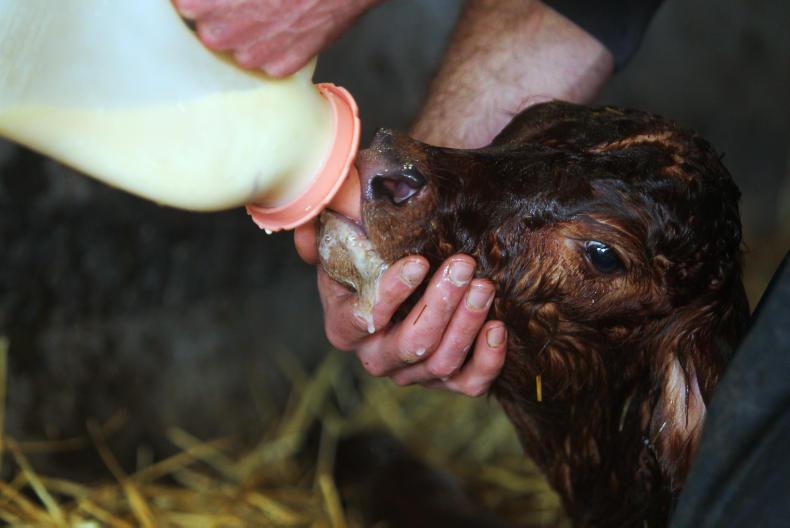




 This is a subscriber-only article
This is a subscriber-only article










SHARING OPTIONS: